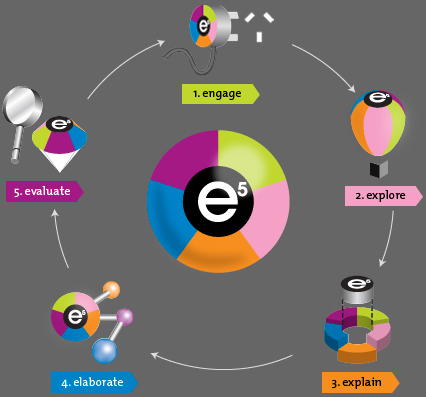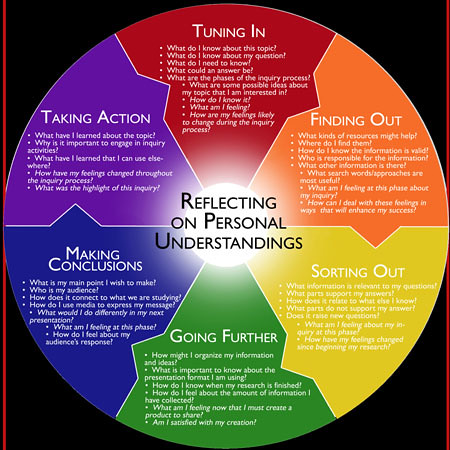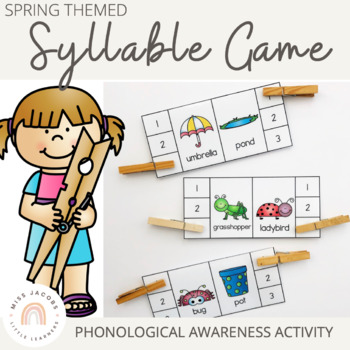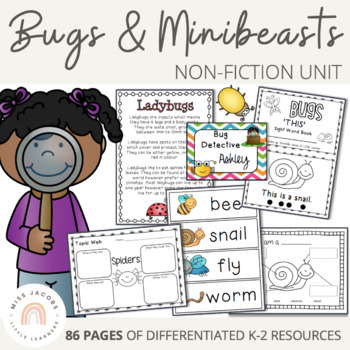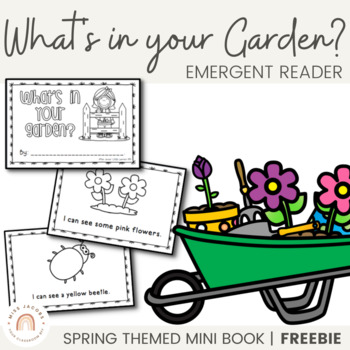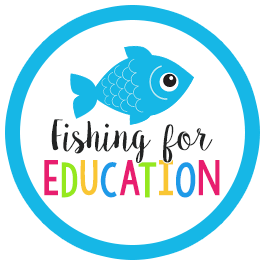Hi everyone, it's Casey from Little Lifelong Learners and today I would like to share some goal setting inspiration with you all!
Setting goals in the primary years classroom enables both students and teachers to have a mutual understanding of expectations and a clear direction for classroom learning. With continued modelling, guidance and feedback, students are able to monitor their own progress throughout a learning activity and take ownership of their own learning.
In my own classroom, I have implemented a writing goal chart. Each student has their own post-it note which can be moved once a student has reached their goal and sets a new one. They also have a little goal booklet in their book box where I write their writing goal. Each writing lesson, the students place their booklet on their desk to remind them of their goal.
You might be interested in these wonderful Reading and Writing Goal Reminder Slips from Miss Jacob's Little Learners too!
I also have some Key Learning Area Goal Setting Posters up in the classroom. I sometimes use these to write our goals on for the entire week and sometimes I use them at the beginning of a lesson to make our learning intentions clear. These are available in my TPT store.
Early Years with Sheri has goal charts displayed in her classroom as well. The yellow cards are for Writing Goals and green are for Maths Goals. The Expression, Fluency, Comprehension, Focus, Decoding and Vocabulary cards are for Reading and remind students of their personal goals.
I hope you've gotten some useful ideas for setting goals in your classroom! I would love to read some of your ideas in the comments.



































